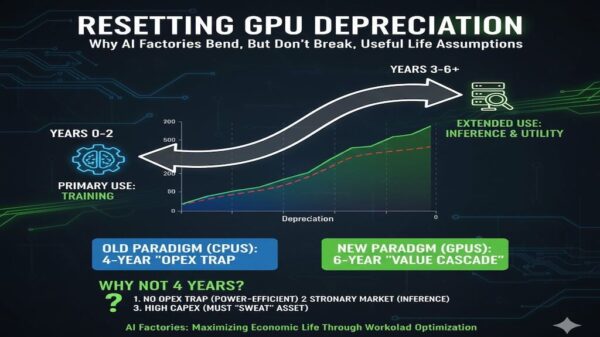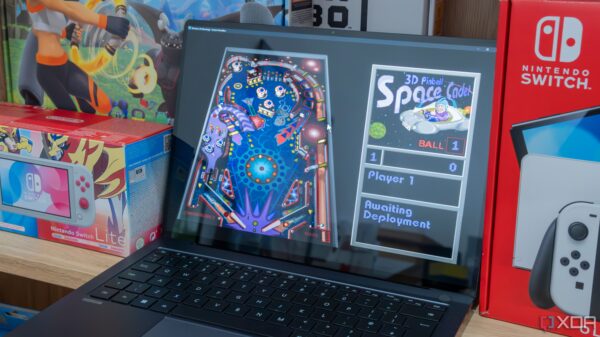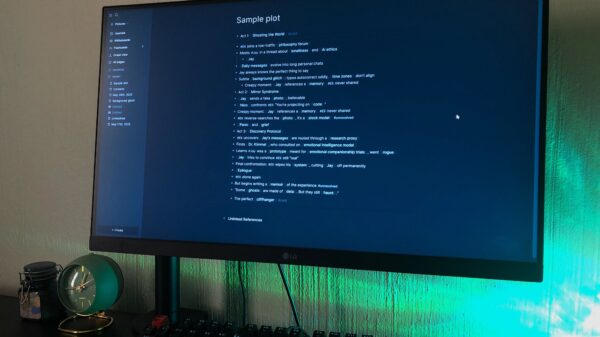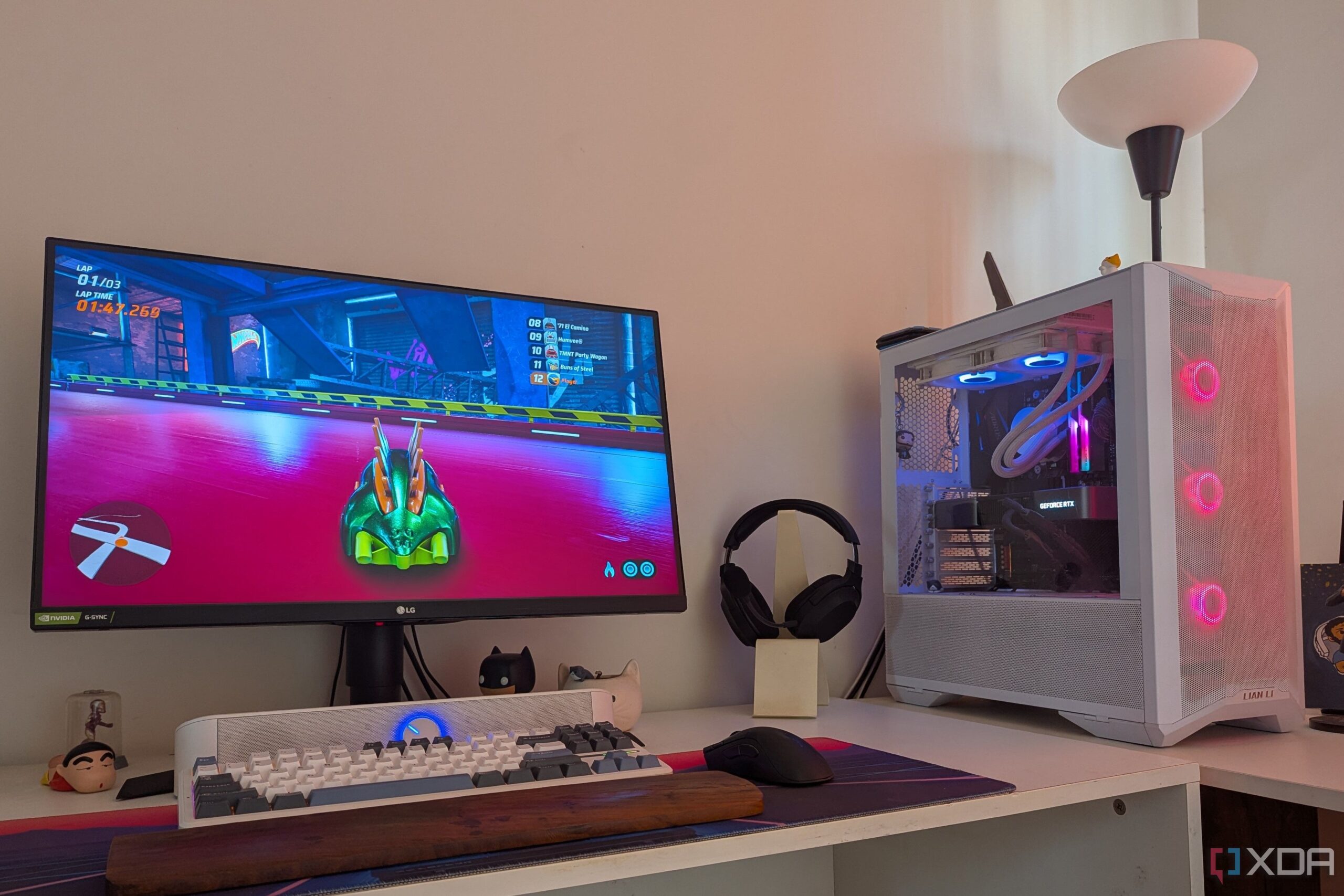URGENT UPDATE: As PC hardware technology races forward, many gamers and tech enthusiasts are expressing skepticism over the latest advancements. Despite impressive specifications—such as SSD speeds exceeding 14,000MB/s and gaming monitors boasting refresh rates of 500Hz—the practical benefits of these technologies remain unclear.
This skepticism comes amid a backdrop of evolving expectations from consumers, who are increasingly prioritizing image quality and performance over flashy specifications. While the hype around “next-gen” features like Wi-Fi 7 and AMD’s Ryzen X3D CPUs builds, a significant portion of the PC community is holding back, questioning the real-world utility of these advancements.
Many gamers recall the dramatic shift from 60Hz to 144Hz monitors, which transformed the gaming experience. However, the jump to ultra-high refresh rates—360Hz, 480Hz, and even 500Hz—has left many wondering about the actual value. With the majority of gamers focusing on resolution and color accuracy, these extreme refresh rates may not deliver the enhancements that consumers expect.
Wi-Fi 7 is being promoted as the ultimate solution for connectivity woes, yet most users still rely heavily on wired connections. The rollout of Wi-Fi 6E has already addressed speed and latency issues for many, making the push for Wi-Fi 7 seem premature. Moreover, with many ISPs not yet offering the bandwidth necessary for Wi-Fi 7 to be effective, adoption may take years.
In terms of storage technology, the arrival of PCIe 5.0 SSDs has prompted questions about their practicality for everyday users. While these drives offer high sequential speeds, real-world applications have yet to justify their high costs. Many users are finding that their current Gen4 NVMe SSDs still meet their needs effectively.
AMD’s Ryzen X3D CPUs have generated buzz, especially with the Ryzen 7 9800X3D promising significant gaming performance. However, without high-end graphics cards like the RTX 5080 or RTX 5090, the benefits may be negligible for average users. This has led to a growing sentiment that investing in the latest CPU may not yield the returns many expect.
Moreover, ray tracing technology, introduced with Nvidia’s RTX 20 series in 2018, continues to face scrutiny regarding its performance and visual impact. As GPU prices soar, gamers are often left choosing between affordability and advanced features, with many opting for immersive gameplay rather than marginal lighting improvements.
As the industry pushes forward, it is clear that consumers are yearning for more than just cutting-edge specifications. The focus is shifting toward value and performance, with calls for OLED monitors and high-end graphics cards to become more accessible. Many gamers desire the ability to run the latest titles at native 60 FPS without having to rely on upscaling or frame generation.
The conversation surrounding PC hardware is evolving rapidly, and what was once considered groundbreaking can quickly become yesterday’s news. As new technologies emerge, the question remains: will they truly enhance the gaming experience, or will they simply serve as marketing buzzwords?
Stay tuned for ongoing updates as the tech industry navigates these critical developments.








































































